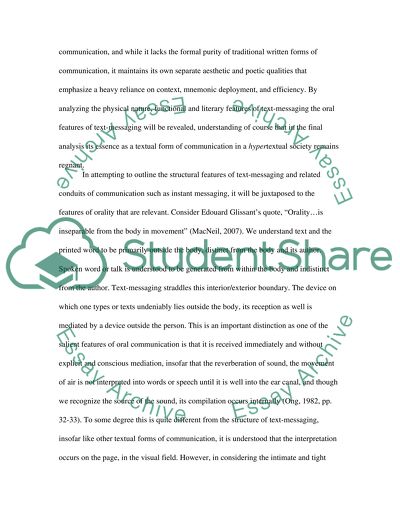Cite this document
(“Text-Messaging and Orality Essay Example | Topics and Well Written Essays - 1500 words”, n.d.)
Retrieved from https://studentshare.org/miscellaneous/1528808-text-messaging-and-orality
Retrieved from https://studentshare.org/miscellaneous/1528808-text-messaging-and-orality
(Text-Messaging and Orality Essay Example | Topics and Well Written Essays - 1500 Words)
https://studentshare.org/miscellaneous/1528808-text-messaging-and-orality.
https://studentshare.org/miscellaneous/1528808-text-messaging-and-orality.
“Text-Messaging and Orality Essay Example | Topics and Well Written Essays - 1500 Words”, n.d. https://studentshare.org/miscellaneous/1528808-text-messaging-and-orality.


